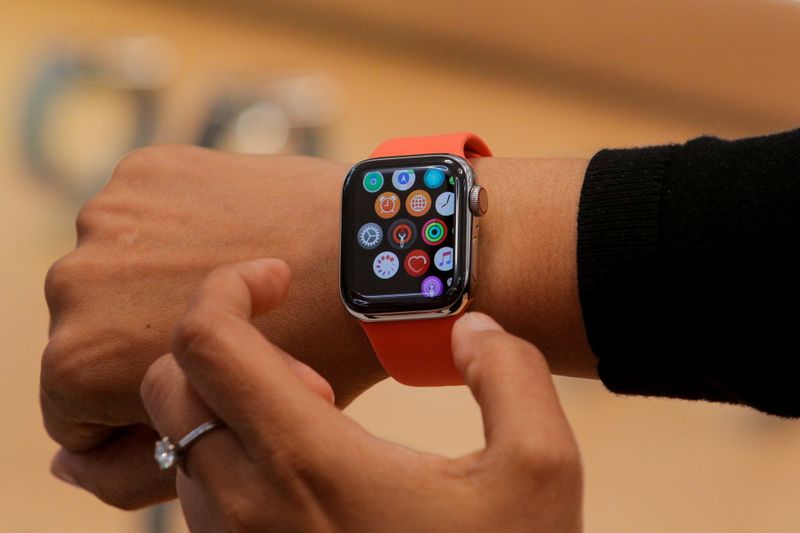
Alibaba Group Holding Ltd. took the wraps off a new version of its flagship Qwen AI model, sustaining the breakneck pace of development that’s characterized China’s artificial intelligence sphere in the wake of DeepSeek.
Alibaba on Tuesday unveiled its Qwen3 series of models, which it said rivals DeepSeek’s performance on several fronts, including math and coding. Qwen3 also significantly cuts deployment costs compared to other major models, the company said.
The Qwen3 series includes two so-called mixture-of-experts (MoE) models that are trying to match hybrid reasoning systems—which mimic the way humans think through problems—recently introduced by Anthropic and Alphabet Inc.’s Google. DeepSeek and other developers have also used the MoE technique, which divides tasks into smaller sets of data, very much like having a team of specialists who each focus on a segment of a job, thereby making the process more efficient.
Since DeepSeek upstaged OpenAI with a powerful model it said took just a few million dollars to build, China’s tech leaders have flooded the market with a rapid succession of low-cost AI services. Alibaba—which in 2025 declared itself all-in on the AI race—came out with a new model in its Qwen 2.5 series just a few weeks ago that can process text, pictures, audio and video—and is efficient enough to run directly on phones and laptops. It unveiled a new version of its AI assistant Quark app in March.
OpenAI, Google and Anthropic have similarly released a flurry of models in recent months. OpenAI recently said it also plans to release a more “open” model that mimics human reasoning in the coming months, a shift in strategy after DeepSeek and Alibaba pushed out open-source AI systems. Alibaba said Tuesday that all its Qwen3 models are open source.
Alibaba is building its AI endeavors around Qwen. In February, chief executive officer Eddie Wu said the company’s “primary objective” was now artificial general intelligence, a somewhat hazy goal in the industry to build AI systems with human-level intellectual capabilities.
That shift helped the company recover from years of turmoil after co-founder Jack Ma clashed with the country’s Communist Party over regulation of the private sector. Ma, who had been China’s highest-profile business leader, largely disappeared from public view over the next few years.
In February, Ma joined other prominent entrepreneurs in a high-profile meeting with Chinese President Xi Jinping to talk through new technologies and innovations. The gathering signaled Beijing’s support for a long-marginalized private sector considered key to reviving the world’s No. 2 economy.
This story was originally featured on Fortune.com




